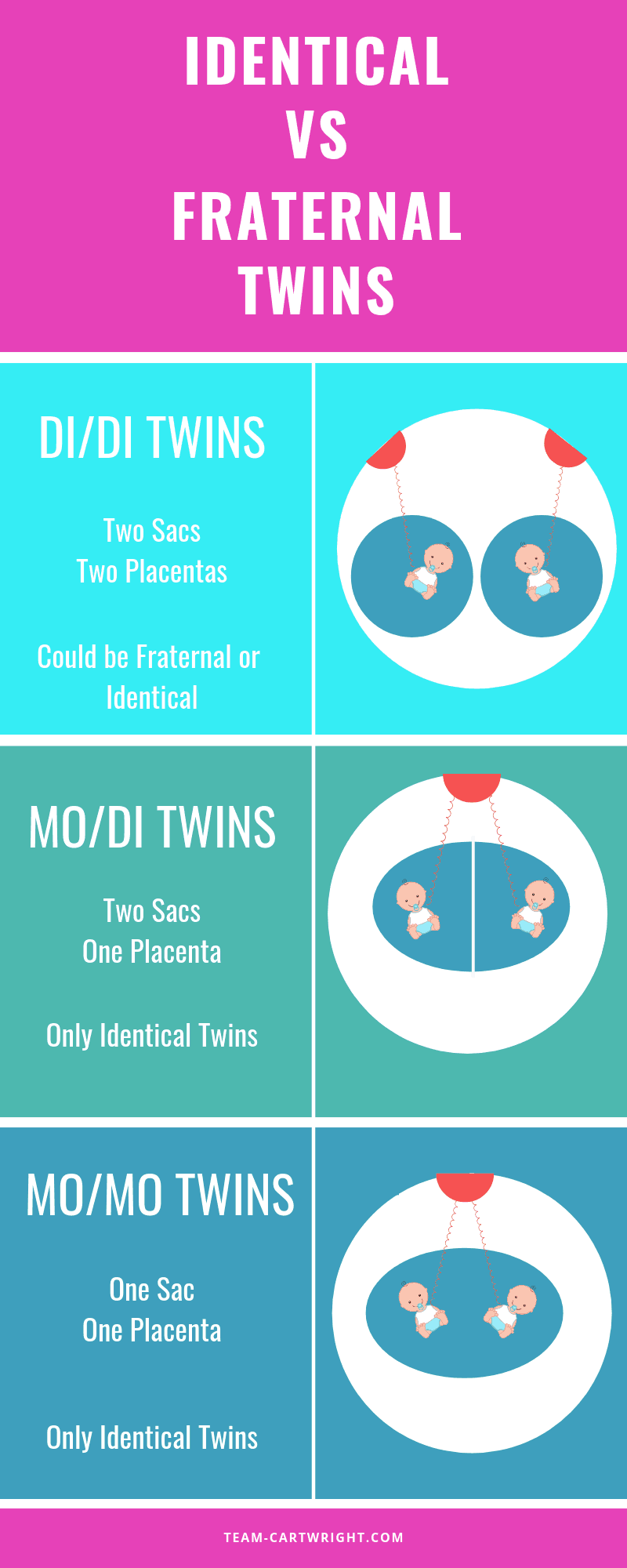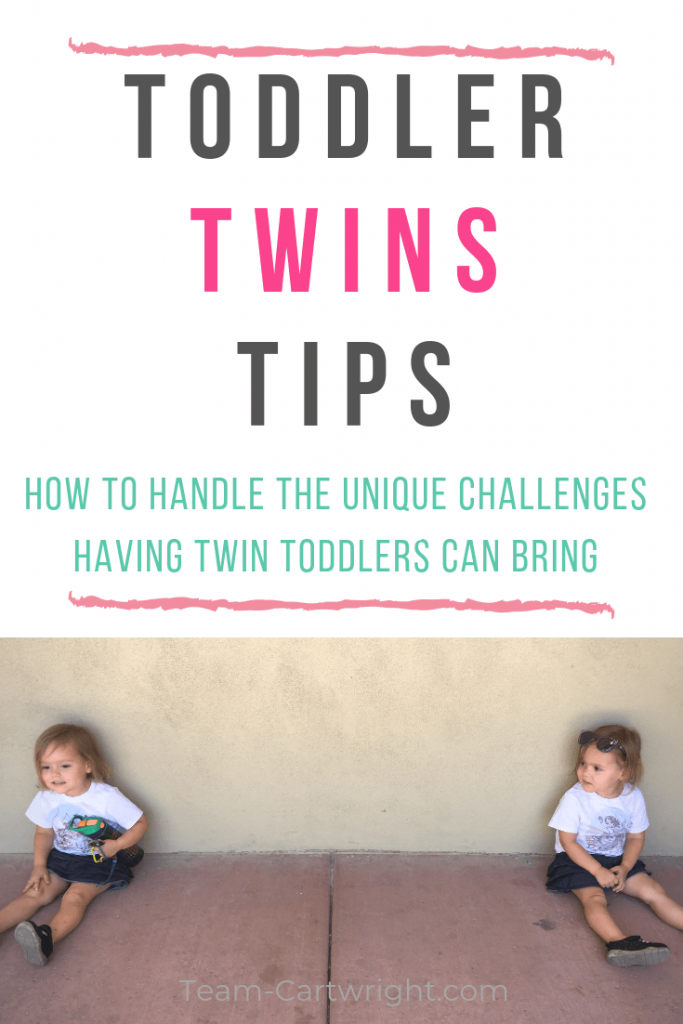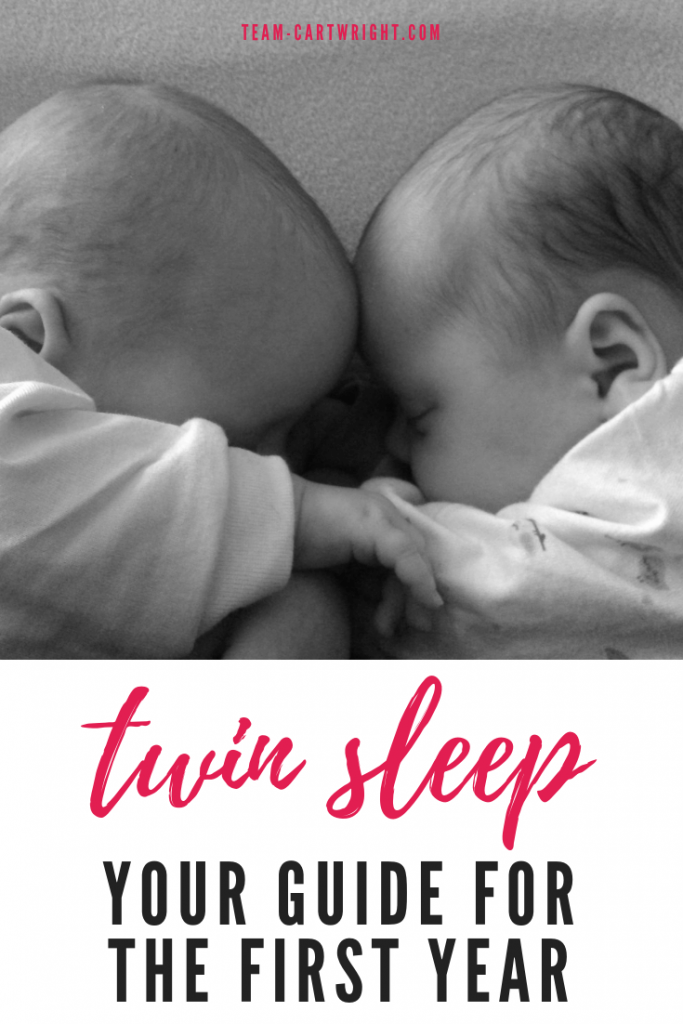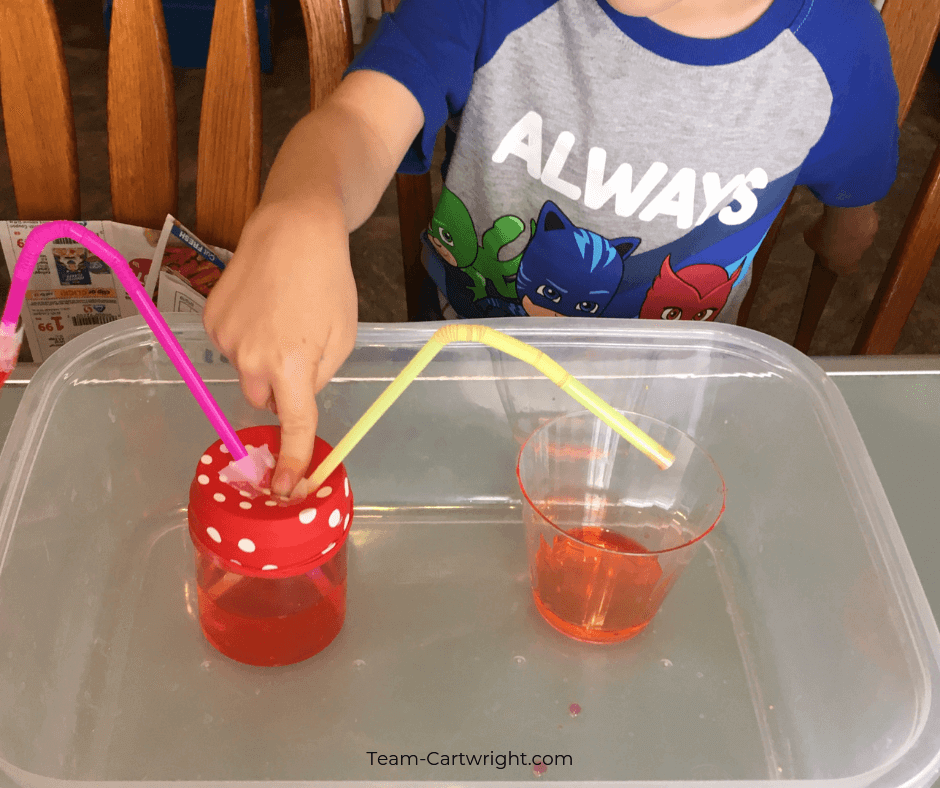Identical vs Fraternal Twins: What Makes Twin Types Different?
One of the first questions I had when I found out I was pregnant with twins, well, once I got over the shock a little bit, was whether my twins were identical twins or fraternal twins. I didn’t know much about twins or twin pregnancies, but I knew that these were the two types of twins.
What I found out that day, and in the months after, are that there is a lot more to having twins than I ever knew. And it is fascinating! Seriously, the science behind twins is so interesting, and getting pregnant with twins just encouraged me to learn all I could.
Ali and Sammy are 3 now, but that doesn’t mean I’ve stopped learning about all about twins. It also doesn’t mean the questions about twin life have stopped coming either. So I thought it would be a good idea to share all I’ve learned.
Here are the basics on identical vs fraternal twins, plus some extra fun facts about rare twin types.

What's In This Post?
Identical vs Fraternal Twins
If you are looking for the short answer to what makes identical and fraternal twins different, it’s pretty simple.
One egg fertilized and splits into two babies? Identical twins.
Two fertilized eggs and two babies? Fraternal twins.
Of course, there is more to the story if you dive a bit deeper.
Twin Zygosity
Twin zygosity is the genetic relationship between twins. There are three main types of twin zygosity.
Di/Di Twins
Di/Di means diamniotic and dizygotic twins. These twins each have their own amniotic sac and their own placenta.
A majority of multiple births are di/di. This type has two sacs, each baby separate, and two placentas.
Di/Di twins are the only way to get fraternal twins. Two different eggs get fertilized by two different sperm. These twins are genetically just like singleton siblings, they just happen to share a womb.
But Di/Di twins can be fraternal OR identical. Yep, if the egg splits in days 1-3 after conception you can end up with identical twins in their own sacs and with their own placentas. Fraternal twins are always this set up.
So how do you know if your Di/Di twins are fraternal or identical? It can be hard to tell from just an ultrasound. Especially because placentas can fuse and appear to be one. (This is visible once your twins are born and your doctor examines the placenta.)
There are a few tests you can do to determine if your twins are identical.
The Gender Test
Identical twins must be the same sex. Think about it, if they have different genitals they are not identical. People seem to think this can happen, but no.
Okay, there is one case where this happens. It is a genetic abnormality known as Turner Syndrome. But it is extremely rare, so if someone tells you they know identical twins with one boy twin and one girl twin they probably mean they know fraternal twins who look a lot alike.
The Blood Type Test
This test needs to be done once twins are born. Do they have different blood types? Not identical. Identical twins have the same blood type. Again, identical twins come from one fertilized egg that split, they have the same DNA. That means the same blood type.
The DNA Test
A DNA test is the definitive proof of twins being identical. There are companies that do this testing, and it is actually really easy. Usually, you just take a cheek swab from each baby and send them off for testing. (Learn about a twin mom who did just that! Are my twins fraternal or identical?)
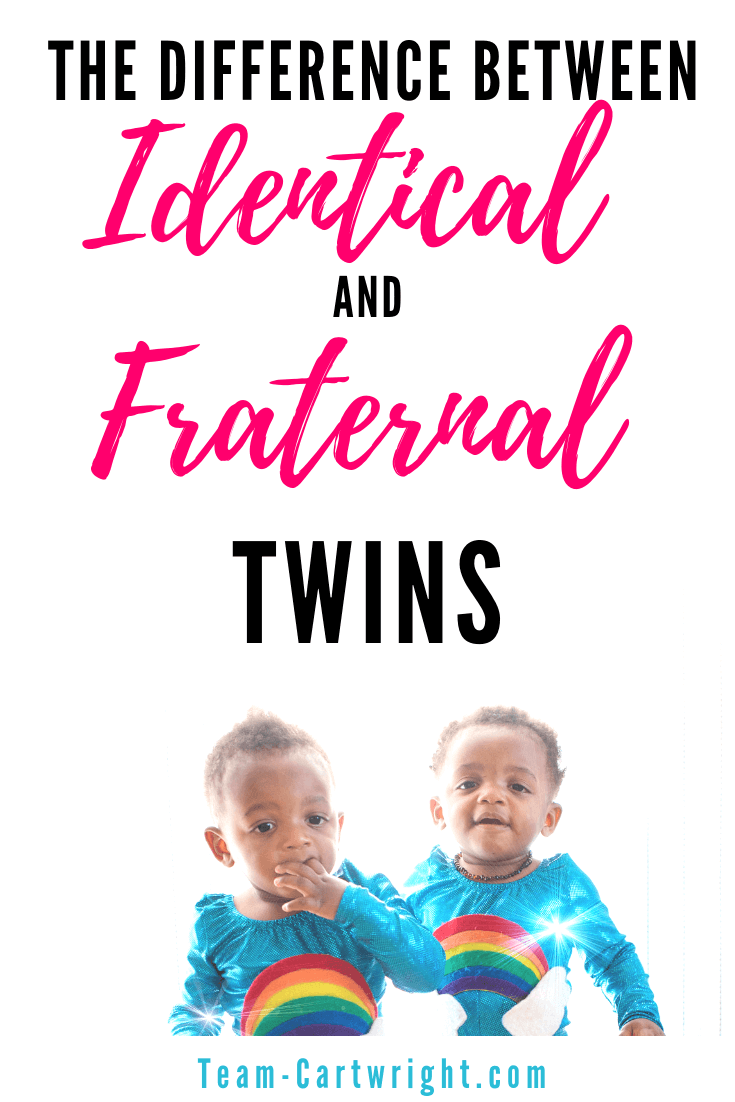
Mo/Di Twins
Mo/Di means monoamniotic and dizygotic twins. These twins each have their own sac, but they share a placenta. (Interesting fact about identical twins, fertility drugs have no impact on identical twinning. The increased rate of twinning as a result of reproductive assistance comes from an increased rate of fraternal twins.)
Ali and Sammy were Mo/Di twins. These are always identical twins. The egg splits sometime during days 4-7 after conception, and while they each form their own sac they still share a placenta.
A fused placenta in the case of di/di twins can look like mo/di twins, so this is why you can be pregnant with twins and not know 100% what type of twins you are having. (People got very confused when we said we were pretty sure we were having identicals. There was always a chance they had a fused placenta instead of one. But examination upon birth proved they were indeed identical.)
Twin pregnancies come with extra risks, but when twins share a placenta there are even more risks. I go into more detail in this post about identical twin pregnancy risks. Twin to Twin Transfusion Syndrome, Intrauterine Growth Restrictions, and Twin Reversed Arterial Perfusion Sequence are some of the more common complications.
Mo/Di pregnancies are monitored very closely, and most doctors want mo/di twins born by the 37th week. This is considered full term for this type of twin, and the reason for this is that the placenta wears out faster. Keeping up with two babies is tough!
Don’t worry, many mo/di twins are born with no complications. Check out our story: An Uncomplicated Twin Birth Story
Mo/Mo Twins
Mo/Mo twins are monozygotic twins along with being monoamniotic twins. They share a sac and a placenta and split at some point 8-10 days after conception.
Mo/Mo twins can only be identical. There is no way for fraternal twins to share a sac. This type of twin is visible while in the womb, and it does have the biggest risks.
Mo/Mo twins have all the same risks as Mo/Di twins that come along with a shared placenta. But these twins can also touch each other while still in the womb. Yes, that can be cute, but it can be dangerous.
Umbilical cords can become tangled, and these twins can grab each other’s cords. This can be a problem. As such many doctors like Mo/Mo twins to be monitored very closely. There can be hospital stays and it can be encouraged to deliver as early as 34 weeks. The only real way to treat cord entanglement is delivery.
Conjoined Twins
Conjoined twins are extremely rare. This is when there is an incomplete separation when a fertilized egg splits. So yes, conjoined twins are identical.
As I said, this is extremely rare and heavily monitored by doctors if they happen.
Other Twin Types
Almost all the twins you meet in your life will be Di/Di, Mo/Di, or Mo/Mo. But there are some other subsets of twinning, most of which you will only see in soap operas.
Superfetation
Superfetation is when a woman is already pregnant when she releases another egg that also gets fertilized. This happens in some mammals, but it is extremely rare in humans. It is also hard to determine if this happens in humans. If one egg is released just a few days after the first and both are fertilized, there may be too small a difference in size to notice. It may also be chalked up to intrauterine growth restriction.
If you hear of a case where one twin is full term and the other is a few months younger in terms of gestational age, you are most likely getting info from a fictional source.
Superfecundation
Superfecundation is when two eggs are released by the mother, but each is fertilized by a different father. So you have fraternal twins that are also half-siblings. Again, this is possible. But it is extremely rare and you are more likely to see it on tv show than in real life.
Mirror Image Twins
Mirror image twins are identical twins that have features on opposite sides. For example, one could have a freckle on their left shoulder and the other has an identical one on their right. They might have different dominant hands or their teeth come in on opposite sides.
There is no DNA test for mirror image twins, as they are identical. It is an observational thing for the most part. There are a few theories on why this happens, but no definite explanation.
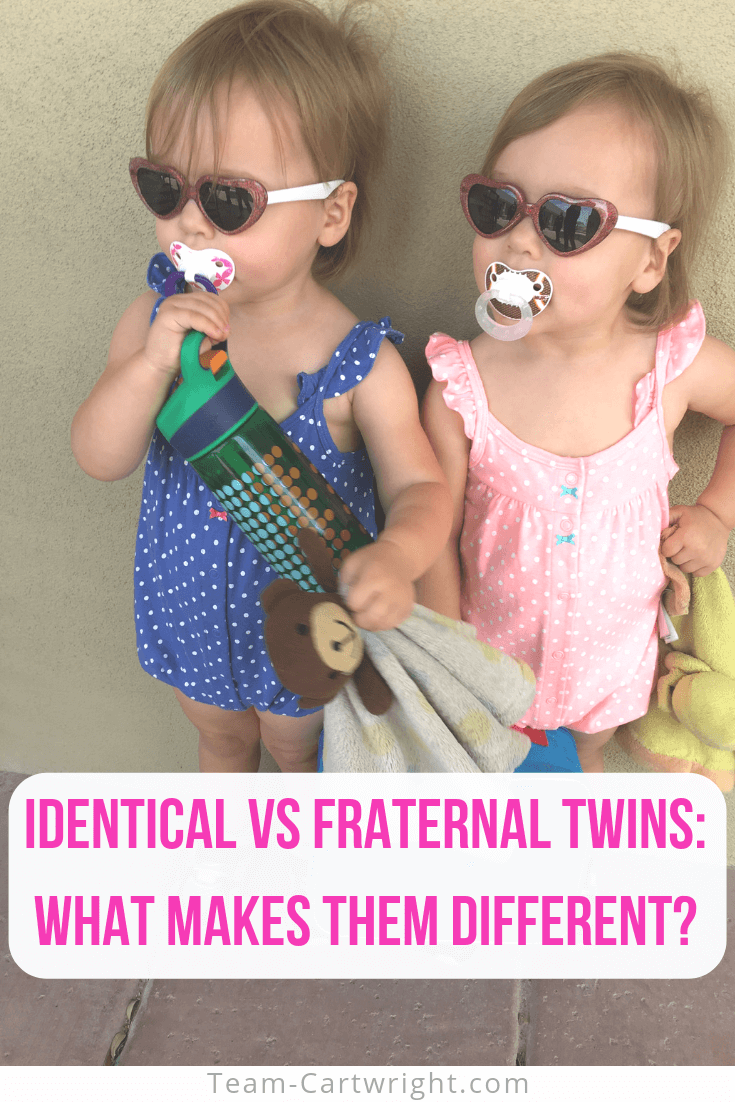
Twin Types
At the end of the day, the type of twins one has matters a lot during the pregnancy to protect the health of the babies and the women carrying them. There are different risks involved with the main three types.
But once your twins are born it is important to recognize that you have two unique children. Sure, they may look alike (identical twins), but they are their own people. And twin parents work hard to treat them as such.

Here is more twin information to help you out!
The Ultimate Twin Registry: What You Need For Twins on a Budget
The Unique Risks of an Identical Twin Pregnancy
How To Tell Identical Twins Apart
Breastfeeding Twins: Your Ultimate Resource Guide
Twin Sleep: Your Guide for the First Years
Identical Vs Fraternal FAQ
Fraternal twins are the result of two eggs being fertilized, while identical twins are the result of one egg being fertilized and split. This means identical twins must be the same gender due to them having the same DNA. Fraternal twins are regular genetic siblings that happen to share a womb.
There are a few ways to know if your twins are identical or fraternal.
1. The Gender Test: If your twins are different genders they are fraternal.
2. The Blood Type Test: If your twins have different blood types they are fraternal.
3. The DNA Test: If your twins have different DNA they are fraternal.
Twins are also known to be identical if they share a placenta and/or are in the same sac. The only way this can happen is with identical twins. However, placentas can fuse and appear to be one in an ultrasound, so this alone might not determine if our twins are identical or fraternal.
There are two types of twins, fraternal twins and identical twins. But there are 3 main ways your twins can be set up in the womb.
1. Di/Di twins each have their own amniotic sac and placenta.
2. Mo/Di twins have their own amniotic sac and share a placenta.
3. Mo/Mo twins share an amniotic sac and placenta.
No. Identical twins are the result of a single fertilized egg splitting and therefore share DNA. Fraternal twins are the result of two fertilized eggs.
The confusion in this question comes from how the twins are presenting in the womb. It is possible for identical twins to have their own amniotic sac and placenta. These twins, known as di/di twins, can be confused for fraternal when in fact they are identical.
Fraternal twins are siblings, and sometimes siblings look very much alike. Since twins are born at the same time these similarities are more apparent, as opposed to a sibling who looks just like an older sibling did at the same age. This gives the appearance of being identical, when in fact it just normal genetic similarities between siblings.
Identical twins can look different from each other, especially as they grow older. While they start with the same DNA, identical twins still have their own unique life experiences. And older identical twins can actively choose how they look in terms of hair cuts, clothing, etc. Lifestyle choices and experiences will also allow identical twins to appear different.
Personality plays a part in how we view people. Identical twins can have very different personalities making it seem as though they look completely different.
No, identical twins are not 100% the same. Even newborn identical twins will have some differences. Fingerprints are not the same, and birthmarks can be different as well. Identical twins will not have identical belly buttons as well, as those are the result of cutting the umbilical cord and are surgical scars.
As twins age, lifestyle and environmental factors will increase differences between identical twins.
Learn more about how to tell your identical twins apart here: How To Tell Identical Twins Apart.
No. Fingerprints are not completely DNA related. So while identical twins have identical DNA, they do not have the same fingerprints.
